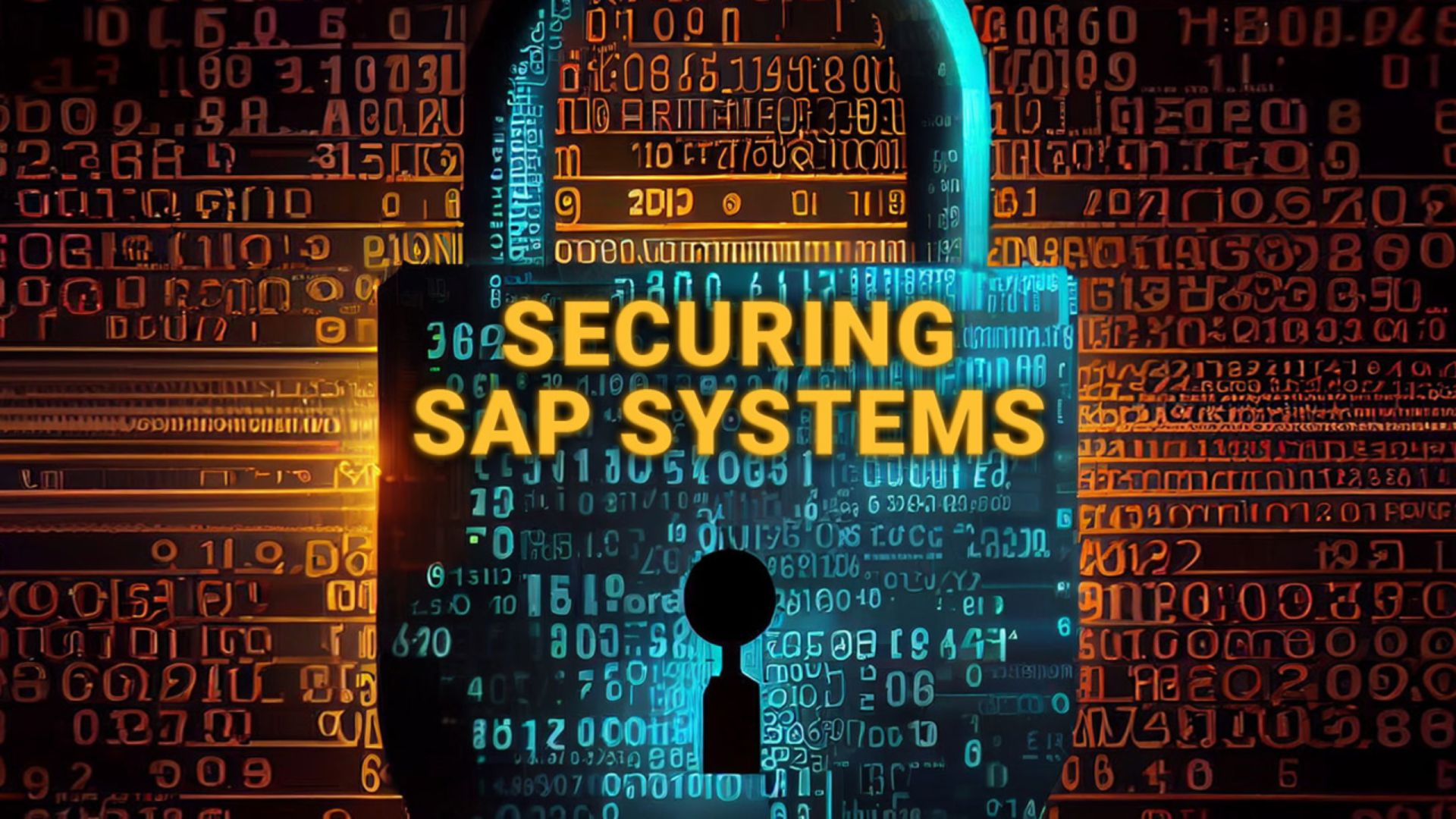Protect Your Business: Enhance Cybersecurity in SAP Systems
In today's digital age, businesses heavily rely on SAP systems to manage critical operations, including finance, logistics, human resources, and supply chain management. These systems store and process sensitive business data, making them prime targets for cybercriminals. As cyber threats continue to evolve, it is crucial for businesses to prioritize cybersecurity within their SAP environments. This article will guide you through essential best practices to enhance cybersecurity in SAP systems and protect your business from potential threats.
Understanding the Importance of SAP Cybersecurity
SAP systems are integral to the daily operations of many businesses. They hold valuable information such as financial data, customer records, and proprietary business strategies. A breach in an SAP system can lead to severe consequences, including financial loss, reputational damage, legal liabilities, and disruption of business operations.
Given the critical nature of these systems, enhancing cybersecurity within SAP environments is not just an option it's a necessity. A robust security framework ensures that sensitive data remains protected and that the system is resilient against attacks.

Common Cyber Threats to SAP Systems
Before diving into best practices, it's essential to understand the common cyber threats that target SAP systems:
1.Unauthorized Access: Hackers often attempt to gain unauthorized access to SAP systems to steal sensitive data or disrupt operations.
2.Insider Threats: Employees or contractors with legitimate access to SAP systems can intentionally or unintentionally cause harm, such as data leaks or system sabotage.
3.Phishing Attacks: Phishing emails can trick employees into revealing login credentials, giving cybercriminals access to the SAP system.
4.Malware and Ransomware: Malicious software can infiltrate SAP systems, encrypting data or causing operational disruptions until a ransom is paid.
5.Zero-Day Exploits: Cybercriminals exploit unknown vulnerabilities in SAP software before the vendor can release a patch.
Best Practices for Enhancing Cybersecurity in SAP Systems
To protect your SAP systems from these and other threats, consider implementing the following best practices:
1.Regular Software Updates and Patching:
Keeping your SAP software up to date is one of the most effective ways to mitigate vulnerabilities. SAP regularly releases patches and updates to address security flaws. Ensure that these updates are applied promptly to reduce the risk of exploitation.
2.Implement Strong Access Controls:
Limit access to SAP systems based on the principle of least privilege. Only authorized personnel should have access to specific data and functions within the SAP environment. Implement role-based access controls (RBAC) to ensure that employees have access only to the information necessary for their roles.
3.Monitor and Audit SAP Activities:
Continuous monitoring and auditing of SAP system activities can help detect unusual or suspicious behavior. Implement logging and monitoring tools to track user actions, changes to critical configurations, and access to sensitive data. Regular audits can also help identify potential security gaps.
4.Encryption of Sensitive Data:
Encrypting sensitive data within SAP systems adds an extra layer of protection. Even if cybercriminals gain access to the data, encryption ensures that it remains unreadable without the proper decryption key. Implement encryption for data at rest and in transit to safeguard against unauthorized access.
5.Employee Training and Awareness:
Human error is one of the leading causes of security breaches. Regularly train employees on cybersecurity best practices, including recognizing phishing attempts, securing passwords, and reporting suspicious activities. An informed workforce is a key defense against cyber threats.
6.Implement Multi-Factor Authentication (MFA):
Multi-factor authentication adds an additional layer of security by requiring users to verify their identity through multiple means, such as a password and a one-time code sent to their mobile device. MFA significantly reduces the risk of unauthorized access to SAP systems.
7.Regular Penetration Testing:
Conduct regular penetration testing to simulate cyberattacks on your SAP systems. These tests help identify vulnerabilities that could be exploited by hackers. By addressing the weaknesses uncovered during penetration testing, you can strengthen your SAP environment's security posture.
8.Secure SAP Custom Code:
Custom code within SAP systems can introduce vulnerabilities if not properly developed and tested. Ensure that any custom code is secure by following SAP coding standards and conducting thorough security testing before deployment
9.Backup and Disaster Recovery Planning:
A robust backup and disaster recovery plan is essential for minimizing downtime and data loss in the event of a cyberattack. Regularly back up your SAP systems and ensure that these backups are stored securely. Test your disaster recovery plan periodically to ensure its effectiveness.
10.Collaborate with SAP Security Experts:
Consider working with SAP security experts or consultants who specialize in securing SAP environments. These professionals can provide valuable insights, conduct security assessments, and help implement advanced security measures tailored to your business needs.
Conclusion:
Enhancing cybersecurity in SAP systems is a critical aspect of protecting your business in today's digital landscape. By implementing the best practices outlined in this article, you can significantly reduce the risk of cyber threats and safeguard your sensitive business data. Remember, cybersecurity is an ongoing process—continuously monitor, assess, and update your security measures to stay ahead of evolving threats. Prioritizing SAP cybersecurity not only protects your business but also ensures the continued trust of your customers and stakeholders.